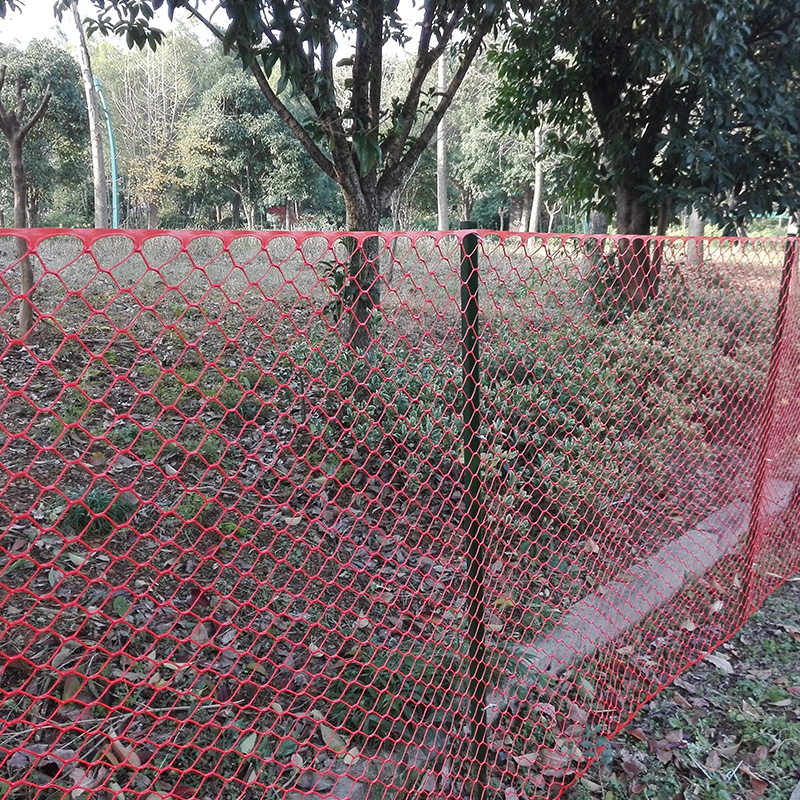1. Material selection:
Material selection is a crucial step when optimizing the structure of Hexagonal Mesh. First, we need to consider the physical and chemical properties of the material, such as strength, weight, corrosion resistance, thermal expansion coefficient, etc. For Hexagonal Mesh that needs to withstand high loads or extreme environments, high-performance alloys and carbon fiber composites may be ideal. Additionally, for specific applications such as electronic packaging or biomedical engineering, the conductivity or biocompatibility of the material also needs to be considered. Therefore, by carefully evaluating the performance of various materials, we can select the material that is best suited for a specific application, thus improving the overall performance of Hexagonal Mesh.
2. Size optimization:
The size optimization of Hexagonal Mesh involves adjusting the size and shape of the grid cells. The size of the grid cells directly affects the stiffness and strength of the structure, while the shape affects how it withstands stresses. Through finite element analysis (FEA) or topology optimization methods, we can simulate and analyze the performance of mesh elements of different sizes and shapes under specific loading conditions. Based on the analysis results, we can adjust the size and shape of the mesh elements to optimize the overall performance of Hexagonal Mesh, such as increasing stiffness, reducing stress concentration, etc.
3. Topology optimization:
Topology optimization is a powerful tool for determining the optimal structure of a Hexagonal Mesh. Through topology optimization, we can identify and remove unnecessary material while maintaining structural integrity and functionality. In the optimization of Hexagonal Mesh, topology optimization can guide us on how to redistribute materials to maximize specific performance indicators, such as stiffness, strength, or stability. Through an iterative optimization process, we can gradually approach the optimal solution and design a Hexagonal Mesh structure with excellent performance.
4. Node design:
The node design of Hexagonal Mesh is crucial to the stability and strength of the entire structure. During the optimization process, we need to pay attention to the connection method, shape and material of the nodes. Introducing reinforcing elements such as ribs, trusses or fillers can increase the strength and stiffness of the connection at the node. In addition, we can also consider using advanced connection technologies such as welding, bolting or adhesives to ensure stable connections between grid cells. With carefully designed nodes, we can significantly improve the overall performance and durability of Hexagonal Mesh.
5. Boundary conditions:
When optimizing the structure of Hexagonal Mesh, the definition of boundary conditions is crucial. Boundary conditions determine the support points, fixed points or constraints of the grid, directly affecting the response and performance of the structure. Therefore, we need to carefully consider and define appropriate boundary conditions. By optimizing boundary conditions, we can improve the overall performance of the mesh, such as reducing deformation, improving stability, etc. In addition, we can also use different boundary conditions to simulate and analyze the performance of Hexagonal Mesh in different application scenarios to better meet actual needs.
6. Hierarchy:
Introducing multi-scale or hierarchical structures into Hexagonal Mesh can further optimize its performance. The hierarchical structure allows us to combine meshes of different densities at different scales to accommodate different load and stress distributions. By carefully designing the hierarchy, we can concentrate high-strength materials in high-stress areas and use lighter materials in low-stress areas to reduce weight. This design strategy can significantly increase the stiffness and strength of Hexagonal Mesh while reducing material costs. In addition, the hierarchical structure can also improve the durability and maintainability of Hexagonal Mesh, making it more adaptable to complex and changing application environments.
7. Connection design:
The connection design of Hexagonal Mesh is crucial to the stability and reliability of the entire structure. During the optimization process, we need to pay attention to how the grid cells are connected to ensure stable connections between them. By introducing advanced joining techniques such as welding, bolting or adhesives, we can increase the strength and stiffness of the connection. In addition, we can also consider using preload or elastic elements to further enhance the performance of the joint. By optimizing the connection design, we can significantly improve the overall performance and durability of Hexagonal Mesh, making it more suitable for various complex and harsh application scenarios.
8. Simulation and testing:
With the help of computer simulations, we can predict and optimize the performance of Hexagonal Mesh. By using tools such as Finite Element Analysis (FEA) or Computational Fluid Dynamics (CFD), we can simulate and analyze the response of the Hexagonal Mesh under different loads and conditions. These simulation results can help us identify potential problems and room for improvement, and guide us in subsequent design modifications and optimizations. However, computer simulation results need to be verified by experimental tests. Therefore, during the optimization process, we need to conduct experimental tests to collect actual data, compare and analyze with simulation results. Through an iterative design and testing process, we can gradually optimize the structure and performance of Hexagonal Mesh.
Hexagonal mesh is mainly called as poultry net, widely used in caging poultry and isolating the other animals or farm areas. Also it can be used between railings and split the rail fence. With no sharp edges, it is easy to intall and take down without danger.


 English
English 中文简体
中文简体






